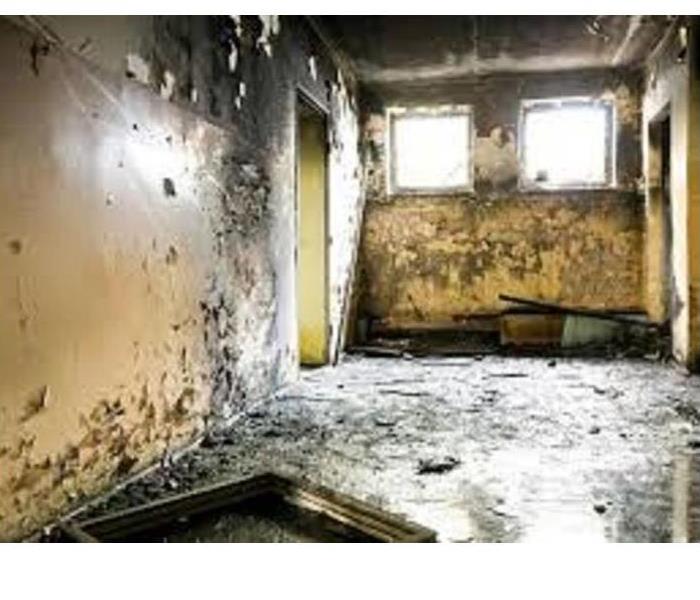Why and Where Mold Grows, Mold remediation in NJ, Mold cleaning in NJ, Mold inspection in NJ
8/27/2020 (Permalink)
Why and Where Mold Grows, Mold remediation in NJ, Mold cleaning in NJ, Mold inspection in NJ
Mold can grow on virtually any organic material as long as moisture and oxygen are present. There are molds that grow on:
- Wood
- Paper
- Carpet
- Food
- Insulation
Because mold eats or digests what it is growing on, it can damage a building and its furnishings. If left unchecked, mold eventually can cause structural damage to building materials.
Molds gradually destroy the things they grow on. You can prevent damage to buildings and building contents, save money by controlling moisture and eliminating mold growth.
Eliminating all mold and mold spores indoors is virtually impossible, but controlling indoor moisture will control the growth of indoor mold.
Common moisture problems include:
- Leaking roofs.
- Leaking or condensing water pipes, especially pipes inside wall cavities or pipe chases.
- Leaking fire-protection sprinkler systems.
- Landscaping, gutters and down spouts that direct water into or under a building.
- High humidity (60% relative humidity).
- Unvented combustion appliances such as clothes dryers vented into a garage. (Clothes dryers and other combustion appliances should be vented to the outside.)
Some moisture problems are not easy to see. For example, the inside of walls where pipes and wires are run (pipe chases and utility tunnels) are common sites of mold growth. Mold is frequently found on walls in cold corners behind furniture where condensation forms. Other possible locations of hidden moisture, resulting in hidden mold growth are:
- Poorly draining condensate drain pains inside air handling units.
- Porous thermal or acoustic liners inside duct work.
- Roof materials above ceiling tiles.
- The back side of drywall (also known as gypsum board, wallboard, or SHEETROCK®), paneling, and wallpaper.
- The underside of carpets and pads.
Humidity levels can rise in a building as a result of the use of:
- Humidifiers
- Steam radiators
- Moisture-generating appliances such as dryers
- Combustion appliances such as stoves
Cooking and showering also can add to indoor humidity.
Condensation
Condensation can be a sign of high humidity.
When warm, humid air contacts a cold surface, condensation may form. (To see this, remove a cold bottle of water from a refrigerator and take it outside on a hot day.
We offer free estimates, for Mold Inspections, Mold Remediation, and Discolorations on Surfaces.
Jon A. Barrett
Marketing Manager SERVPRO of Blackwood/Gloucester Twp Phone: (856) 227-7800 Email: sp.jonb@gmail.com Website: https://www.
*****VETERAN OWNED AND OPERATED





 24/7 Emergency Service
24/7 Emergency Service
